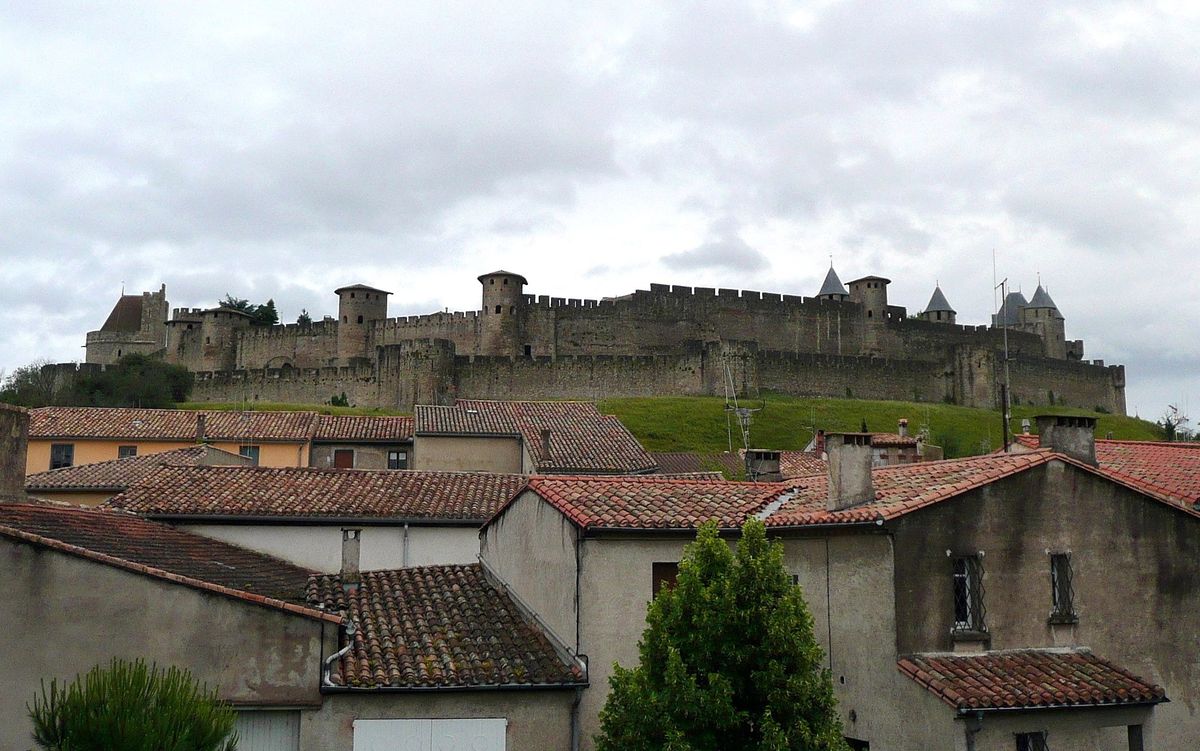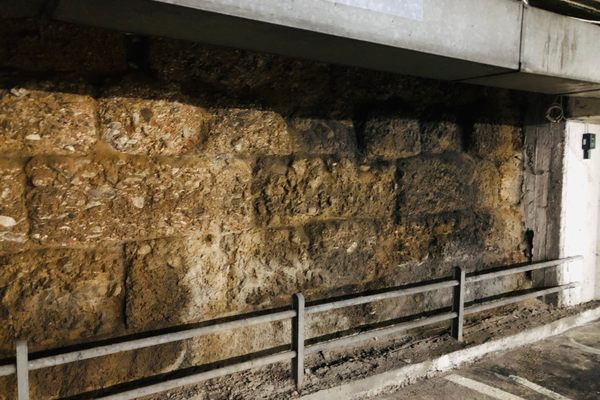About
Named a World Heritage Site in 1997, La Cité has a history spanning more than 2,000 years. The largest former fortress in Europe, it has played a decisive role in the history of Languedoc. An Iron Age Oppidum transformed into a Roman town in the 1st Century BCE, the city-state became the possession of the powerful Viscount Trencavel who ruled over Bas-Languedoc.
The town was invaded by Charlemagne during the 8th century, and is named after the Grand Dame of Carcas, the town’s widowed Moorish Queen, who rushed to its defense, ringing the town’s bell (Carcas a sonné les cloches) to indicate her victory over the invader.
Carcassonne was captured by Simon de Montfort during the Crusade against the Albigenses in the 13th century and an outer wall was constructed, along with an inner rampart, to strengthen the fortress’s position. Carcassonne quickly became one of the most important symbols of Royal Power in France due to its geographical location.
The town was renovated and restored during the 19th century by the architects Eugène Viollet-le-Duc and Paul Boeswillwald, giving it back some of its former glory and importance. Today, the town, which is beautifully lit up at night, remains an impressive site despite its heavy tourist presence. The main attractions within the city’s walls are the Château Comtal, which was transformed into a citadel in around 1226; the Cour du Midi remains of a Gallo-Roman villa; and the torture chamber at the Exposition.
Related Tags
Know Before You Go
By road: From Narbonne or Toulouse, N 113 and A 61; by train: SNCF Carcassonne; by boat: Canal du Midi; by air: Aéroport de Carcassonne Salvaza.
Community Contributors
Added By
Published
March 20, 2011






































































